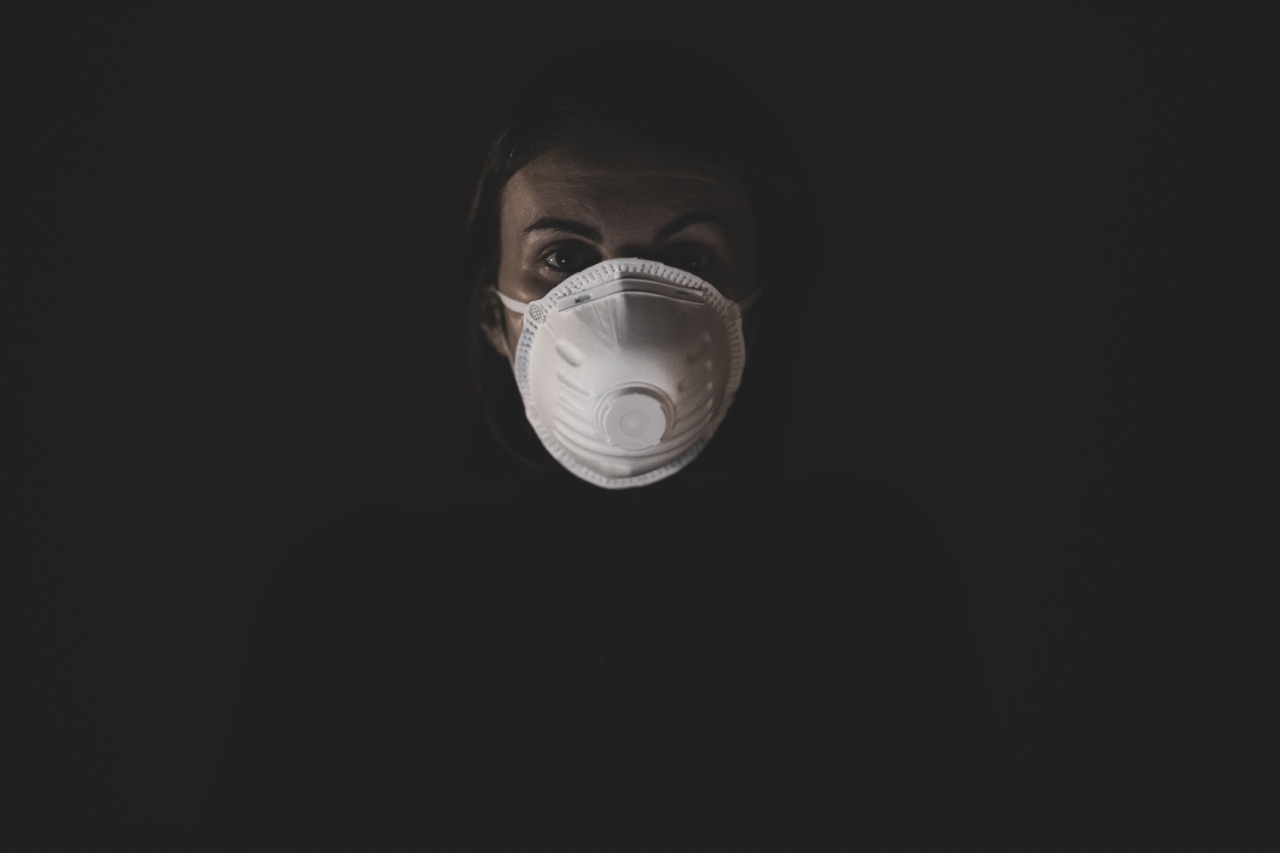Flu season is rampant and it seems like everyone is getting sick. According to recent reports, the flu epidemic is taking a deadly toll and hitting populations of all ages. From young children to the elderly, no one seems to be safe from the virus.
In this article, we will explore the current state of the flu epidemic and what we can do to protect ourselves.
What is the Flu?
The flu, or influenza, is a contagious respiratory illness caused by influenza viruses. The flu can range from mild to severe, and in some cases, it can lead to death. The flu is highly contagious and can spread rapidly through a community.
Influenza viruses are constantly changing, which is why a new flu vaccine is developed every year.
The Current State of the Flu Epidemic
This year, the flu epidemic has hit hard and fast. According to the Centers for Disease Control and Prevention (CDC), the flu activity level is high in most of the United States and still on the rise.
The virus is spreading quickly, and hospitalizations and deaths related to the flu are increasing on a weekly basis. The most recent CDC data reports that the flu has been responsible for 20 pediatric deaths in the United States this season.
Who is at Risk?
Anyone can get the flu, but certain groups are more at risk for serious complications. These groups include young children, pregnant women, people with chronic health conditions like asthma or diabetes, and people over the age of 65.
It is important for these individuals to take extra precautions to avoid getting the flu.
Symptoms of the Flu
The symptoms of the flu can vary, but they typically include:.
- Fever or feeling feverish/chills
- Cough
- Sore throat
- Runny or stuffy nose
- Muscle or body aches
- Headaches
- Fatigue (tiredness)
If you experience any of these symptoms, it is important to seek medical attention immediately.
Preventing the Flu
Preventing the flu is crucial in stopping the spread of the virus. The best way to prevent the flu is by getting vaccinated. The flu vaccine is recommended for everyone six months of age and older.
The vaccine is safe and effective, and it can reduce the risk of getting the flu by 50-60 percent. The flu vaccine can also prevent serious complications and hospitalizations related to the flu.
In addition to getting vaccinated, there are other ways to prevent the flu:.
- Cover your mouth and nose when you cough or sneeze.
- Wash your hands frequently with soap and water, or use an alcohol-based hand sanitizer.
- Avoid close contact with anyone who is sick.
- Stay home if you are sick to avoid spreading the virus to others.
Treatment for the Flu
If you do get the flu, it is important to seek medical attention immediately. There are antiviral medications available that can reduce the severity and duration of the flu if taken within the first 48 hours of symptoms.
These medications can also prevent serious complications related to the flu.
In addition to antiviral medications, there are other ways to treat the flu:.
- Get plenty of rest.
- Drink plenty of fluids.
- Take over-the-counter pain relievers to reduce fever and ease body aches.
- Use a humidifier or vaporizer to ease congestion and coughing.
Conclusion
The flu epidemic is taking a deadly toll on populations of all ages. It is crucial that we take the necessary precautions to protect ourselves and those around us from getting the flu.
Getting vaccinated, practicing good hygiene, and seeking medical attention if we experience symptoms are all important steps in preventing the spread of the flu.





























